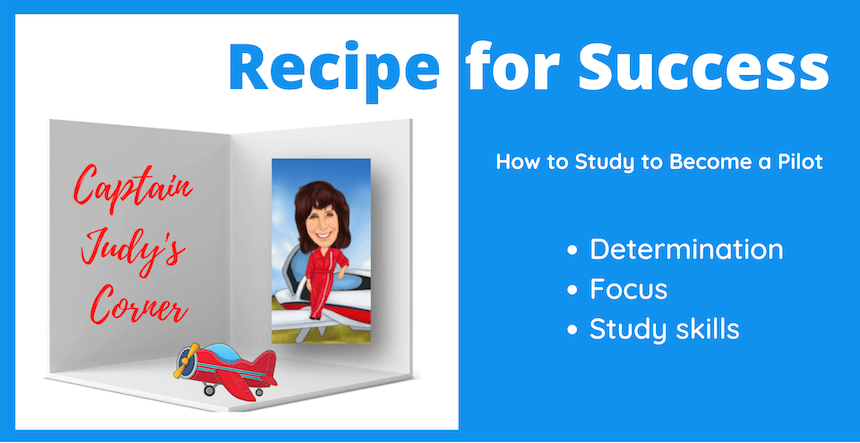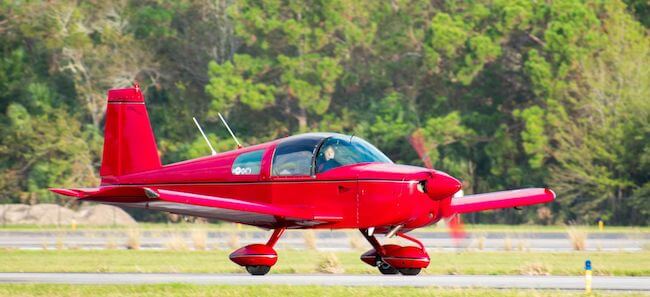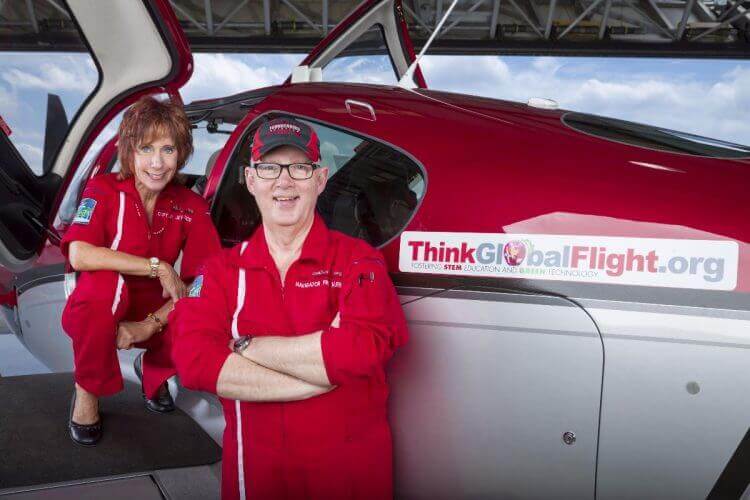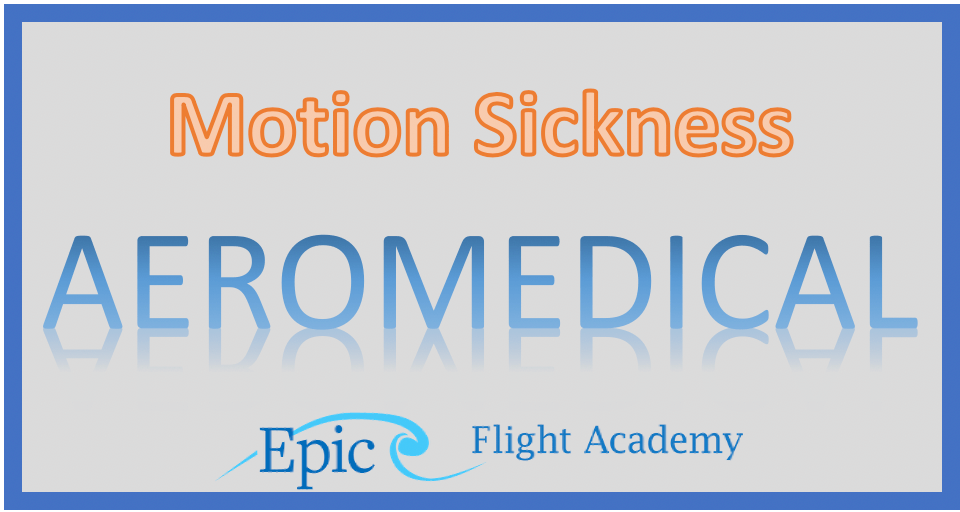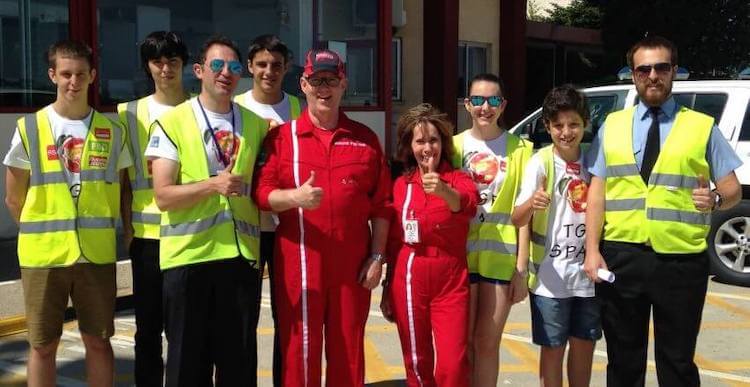How to Study
Recipe for Success: How to Study to Become a Pilot Coordinating my hands and feet while manipulating the flight controls, rudder pedals, and at the same time focusing on flying the airplane was a big challenge. Forty years of life experiences had not prepared me for the intense focus and dexterity required while learning to fly. My first training airplane was a tired Cessna 150 with basic analog instruments. In fact, we navigated with a magnetic compass and heading indicator. The communication radio was an old tube-style with a hand-held microphone. Headsets were not an option. The instructor had to yell guidance over the loud engine noise. Math was not my strength. Cross-country flying was a nightmare. I was alway … Read more

